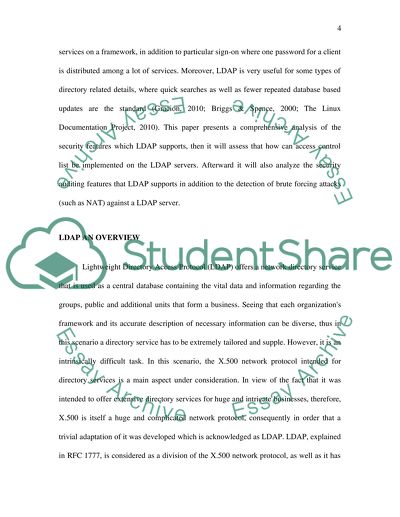Cite this document
(“LDAP Coursework Example | Topics and Well Written Essays - 2000 words”, n.d.)
Retrieved from https://studentshare.org/finance-accounting/1407894-ldap
Retrieved from https://studentshare.org/finance-accounting/1407894-ldap
(LDAP Coursework Example | Topics and Well Written Essays - 2000 Words)
https://studentshare.org/finance-accounting/1407894-ldap.
https://studentshare.org/finance-accounting/1407894-ldap.
“LDAP Coursework Example | Topics and Well Written Essays - 2000 Words”, n.d. https://studentshare.org/finance-accounting/1407894-ldap.


